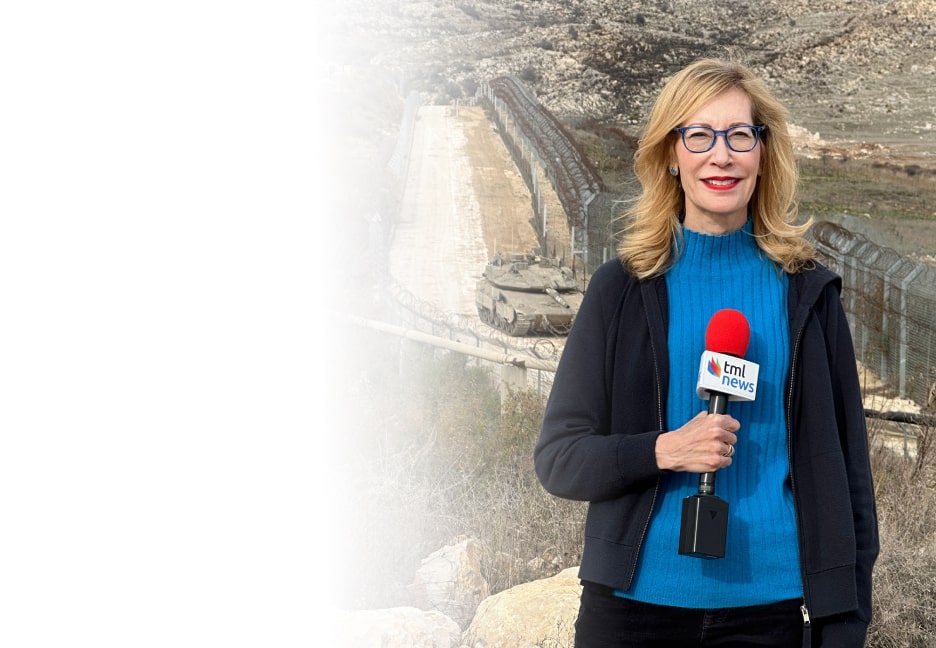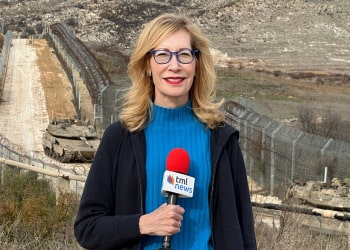The recent statement by Iranian Defense Minister Aziz Nasirzadeh, in which he admitted that Tehran has established military factories and infrastructure in other countries, is not a mere slip of the tongue—it is a grave confession. It reveals Iran’s persistent drive to export its military and ideological scheme through its network of sectarian militias, foremost among them the Houthi group in Yemen.
Over the years, mounting evidence has shown that Iran has transferred components of its missile and drone programs to Houthi-controlled areas in Saada, Hajjah, and the outskirts of Sanaa. This trend has intensified following accurate strikes on Iran’s missile infrastructure and growing international pressure on its nuclear and ballistic programs. The Houthis, far from possessing indigenous military-manufacturing capabilities, serve merely as a local façade and a direct extension of Iran’s Islamic Revolutionary Guard Corps (IRGC).
Nasirzadeh’s remarks expose the falsehood of the Houthis’ claims of “military self-sufficiency.” In reality, Yemen has become a testing ground for Iranian weapons and a forward base for the IRGC. From there, Iran threatens neighboring countries, international shipping lanes, and global energy markets—while avoiding the direct costs of confrontation.
This holiday season, give to:
Truth and understanding
The Media Line's intrepid correspondents are in Israel, Gaza, Lebanon, Syria and Pakistan providing first-person reporting.
They all said they cover it.
We see it.
We report with just one agenda: the truth.


Even more alarming are increasing reports that Iran is smuggling chemical and possibly biological materials into Houthi-controlled territories. This escalation raises the conflict to a catastrophic level, endangering civilian lives, undermining regional stability, and placing internationally banned weapons in the hands of an outlawed militia.
Delay carries a mounting price. Each day the militia remains intact, it gains time to expand its arsenal, absorb new technologies, and deepen Iranian influence. The Houthis are evolving rapidly, much like Hezbollah in Lebanon. Yet Yemen’s geography gives them a distinct advantage: proximity to the Bab el Mandeb Strait, one of the world’s most critical maritime passages. A single missile or drone could severely disrupt global trade and energy flows.
The Houthis are not merely a Yemeni problem. Nor are they just a Gulf issue. They are a global threat. Ignoring them invites their expansion beyond Yemen’s borders, destabilizing the Arabian Peninsula, the Horn of Africa, and international markets.
International leaders face a clear choice: Act now or pay a much higher price later. It must recognize the Houthis for what they truly are—a terrorist arm of Iran.
Action should include:
- Designating the Houthis as a terrorist organization in the UK and other EU countries that have yet to do so.
- Imposing strict maritime controls to halt the flow of weapons.
- Expanding sanctions on Iranian financial and logistical networks linked to the Houthi militia.
- Providing tangible support to Yemen’s legitimate government and armed forces to help them reclaim state authority in Houthi-held areas.
Treating the Houthis as a mere “local nuisance” would be a mistake. They are Iran’s forward base against the entire international order—and the time to act is now.